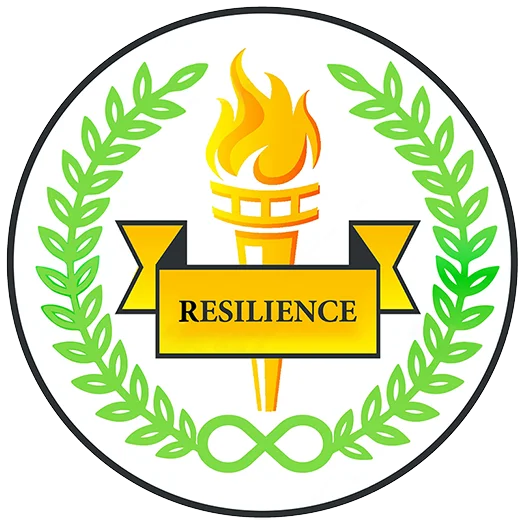Picture this, here’s Johnny; he loves to watch TV dramas and finds that he cannot be motivated to learn unless he is shown captivating imagery. The teacher to which he is assigned, however, is dismissive towards visual based learning stimuli. Day after day, the teacher overlooks Johnny’s need for strong visual stimulation to learn in favor of linear based classic logic teaching via text and formula. What if the teacher in this case first had an appreciation for differences of learning styles and had extended olive branches to the ‘trouble student’ making credible efforts to accommodate him by teaching to his strengths by another medium via powerful illustrations via Khan academy etc?
This added awareness, greatly improving teaching capabilities in being able to match to differing learning styles whereby teachers win over their students’ motivation. Subsequently, they will see heightened classroom engagement as an ultimate game changer. Johnny continues to fall further behind the rest of the class simply because the teacher has predetermined that their teaching methods cannot be malleable. Do students like Johnny have to continue to fall through the cracks due largely to poor awareness by educators and administrators alike? Nay, we propose to change the equation for the better. Instead of teachers preferentially taking a one size fits all approach, what if we had a teacher in this scenario who understood the indisputable value of adapting teaching methods to better accommodate the eight different learning styles expressed in their students?
It is easy to imagine given enough time and effort towards long term teaching endeavors when taken up as a national movement rather than a moment, teachers and students will fundamentally transform the learning climate in this country. In doing so, we usher in an educational renaissance in this country. Moreover, all that is truly needed to this end; incremental changes towards better understanding one another. In order to anchor our newly taught social awareness, it first and foremost requires both students and teachers/administrators and communities working in tandem; recognizing psychological dispositions made manifest in the eight learning profiles. For the sake of this pursuit, I have devised each style into fun superhero profiles:

- Super Linguistic Learner: this student has great ability to grasp complex concepts from mere words and formula. They thrive on learning from low stimuli such as from books and writing exercises. They tend to be introverted, but most often develop confidences needed which make for becoming great teachers in places of learning. Their weaknesses and opposite styles are any learning done by hard visual/kinesthetic approaches.
- Super Naturalist Learner: this student possesses a similar capability of grasping complicated formulas in ways akin to the linguistic learner, but their true powers come from rigorous trial and error approaches in learning from constant active group experimentations. As such, they tend to not do well with just pure linguistic learning approaches.
- Super Musical/Rhythmic learner: These students thrive on lessons that have high registers and cadence for good stimuli. Further, they often are extroverted as they love to learn along with others via musical verse and tune. Like the Naturalist learner, they tend to not do well in low stimuli learning environments and linear based individualistic exercises.
- Super Kinesthetic learner: These students learn best by utilizing their hands. That is, haptic feedback exercises where they fasten things together and so on with all hands-on learning. Due to their uncanny ability to tinker and learn from physical interactions, they tend to make for excellent craftsmen. On the flip side, they tend not to do so well in musical learning group exercises nor do they like to just learn merely through linguistic learner approaches.
- Super Visual / Spatial learner: Like in our example piece, Johnny has the power to learn best from powerful imagery he can piece together. Visual learners grasp complex mechanics by way of visual step by step reductions to absorb what they have learned. As such, they tend to make for excellent product testers and computer scientists. As aforementioned, they tend to not learn as well from linear based learning approaches exemplified best with linguistic learners.
- Super Logos/Mathematical learner: These learners, like linguistic learners tend to be introverted in their approach. They have the power to learn from complex concepts by ways of reduction and formula. Unlike the linguistic learner, however, they tend to be well adjusted to learn well in high stimuli environments. These students tend to make for great top down engineers and as well as great mathematics teachers clearly. They tend to not do so well when it comes to intense interpersonal and intrapersonal approaches as well as somewhat disinclined to the arts.
- Super Interpersonal Learner: These learners have unrivaled abilities to learn quickly through learning processes with others. As such, they tend to be extroverted and better grasp concepts by way of continual group exercises. They tend to do poorly in low stimuli learning environments as they tend to want to be the social butterflies of the classroom.
- Super Intrapersonal Learner: These students thrive on setting challenging personal goals. In contrast to interpersonal counters, they seem best motivated by internal motivations, rather than those found outside of it. They represent a mixed body of learning outcomes and tend to be introverted, but most are middle of the road. They often enter into creative fields and become small business owners. They prefer mid range learning stimuli and especially thrive in hands off creative self lead learning exercises.
